A Mexican artist erected a massive Dia De Los Muertos altar in the city's central Zocalo square on Saturday dedicated to 43 missing college students from the state of Guerrero.
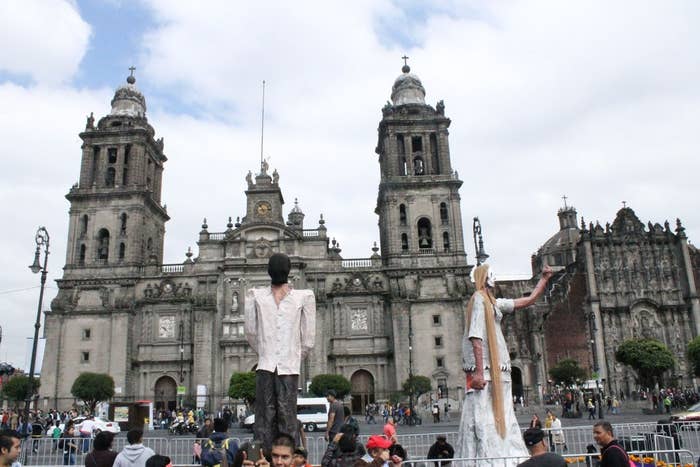
Although Dia De Los Muertos altars are typically erected to family members or friends, Mexican artists have long used the tradition to highlight social and political causes.
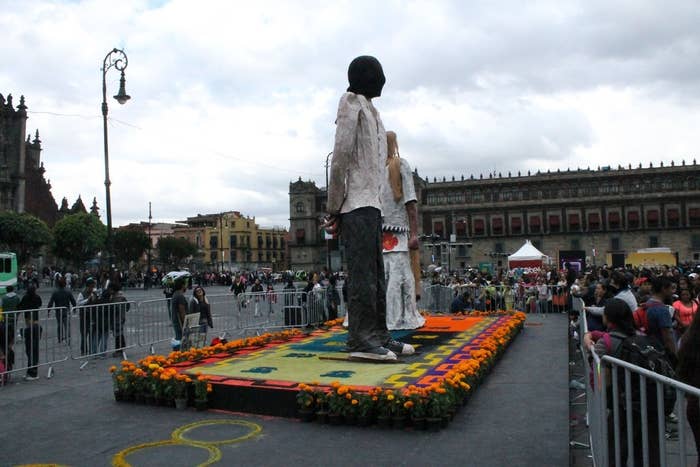
Artist Octavio Marquez Orozco originally conceived of the two statues — which depict a bound man with a black hood on his head and a mourning mother — as a symbol of the epidemic of disappearances in the country, the outrage over the missing college students prompted him to add a dedication to them.
The altar is "to support the disappeared, and [is] a social critique of the state," Marquez told BuzzFeed News. "The mask represents the part of the country that has been kidnapped, and [the woman] is the motherland. She is crying out for her children."
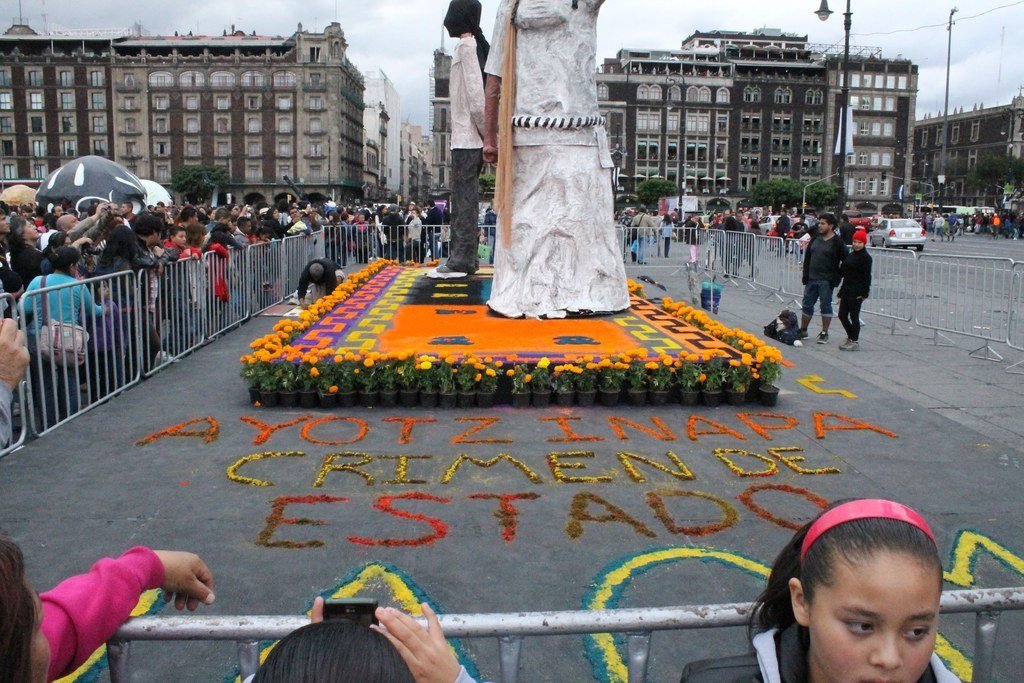
"Disappeared" persons have been a problem in Mexico for more than two decades. Mass graves are routinely found in the country's poorest states where narco-traffickers often hold greater sway over the population than the government.
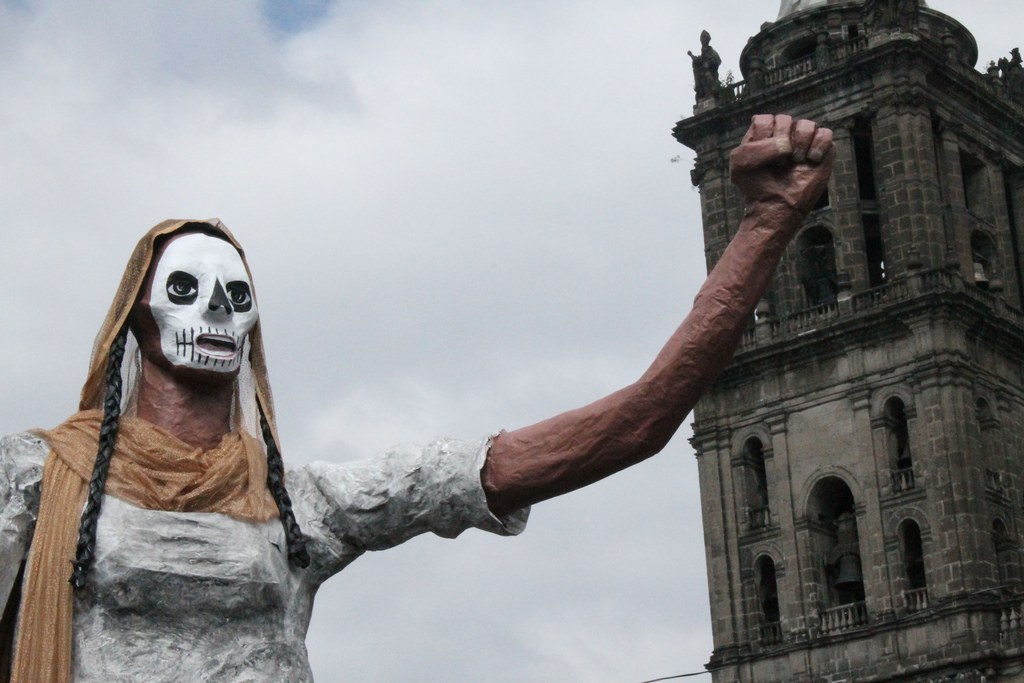
Political altars were erected across the city. Outside the Museo Tolerancia, the Fundacion Mexicana Para La Lucha Contra El SIDA, an AIDS activist group, set up a series of altars dedicated to those who have died from the disease.

Some altars hued closely to traditional styles, while others depicted the more personal devastation of the AIDS epidemic.

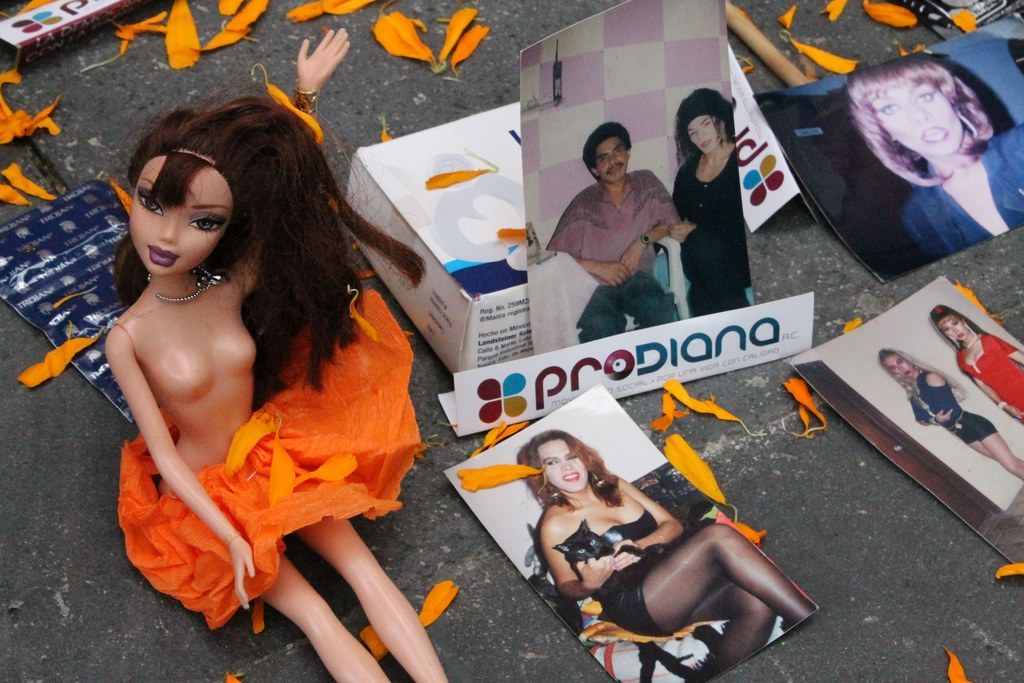
At the Museo Carrillo Gil, Mexican artist Betsabee Romero used her Altar Dia De Los Muertos installation to call attention to the deaths of migrants moving through Mexico.
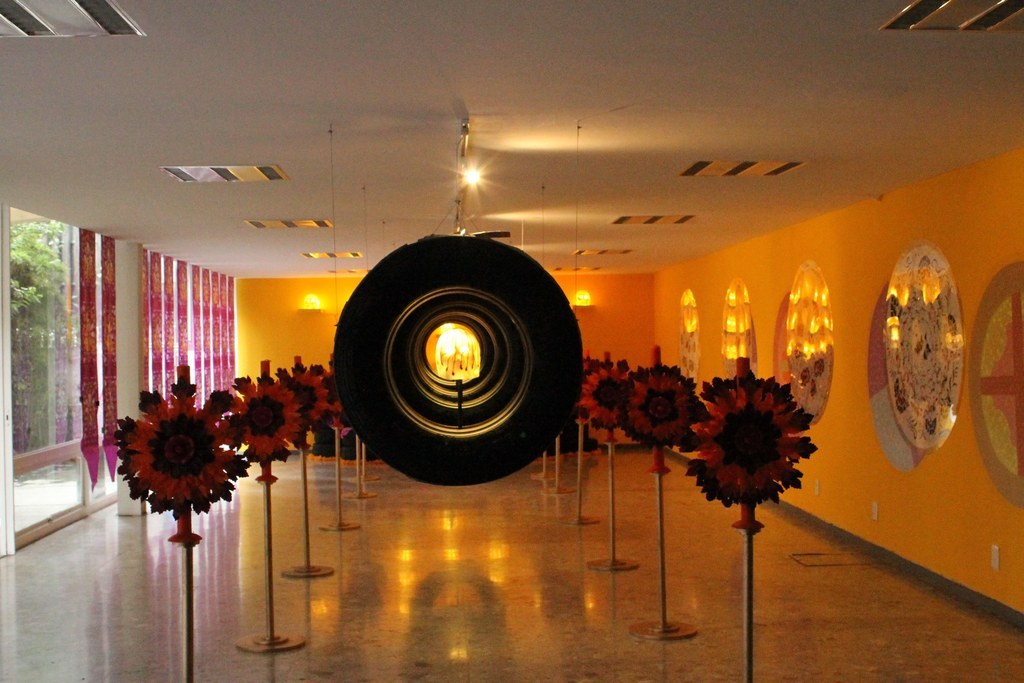
Romero's altar mixes traditional colors and images with carved tires to pay tribute to the unknown numbers of migrants who die each year making the trek through Mexico to the United States.
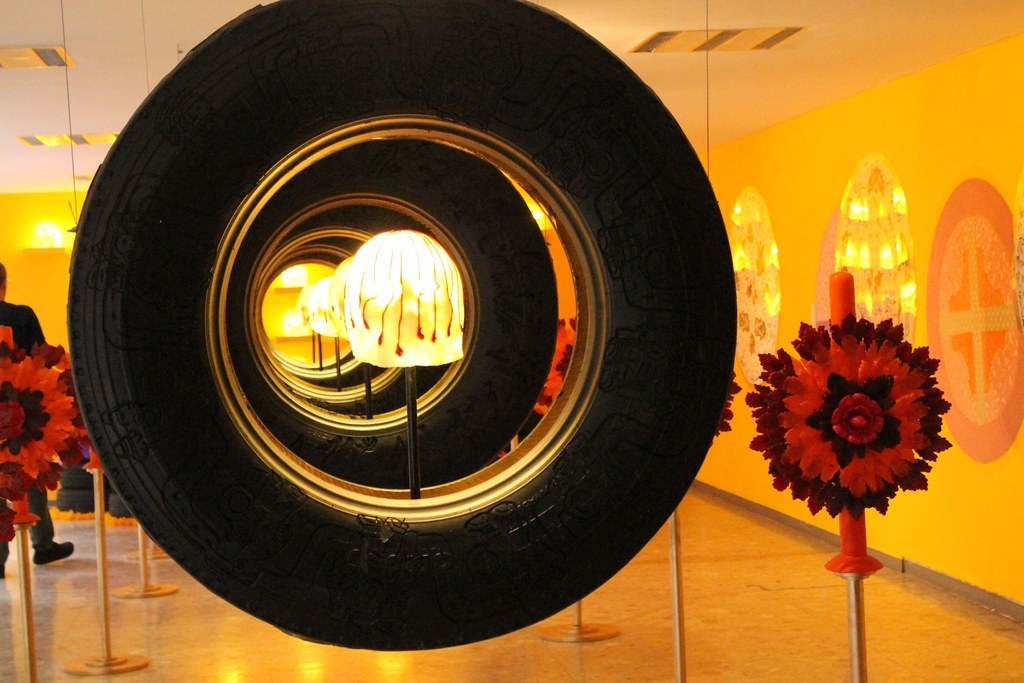
Visitors could also leave messages to the dead migrants. Messages were tied to strings hanging from shoes.


The disappearance of the 43 students has sparked near continuous protest across Mexico. The protests have increasingly broadened to include other disappeared Mexicans.

An earlier version of this article misspelled the name of artist Betsabee Romero.
